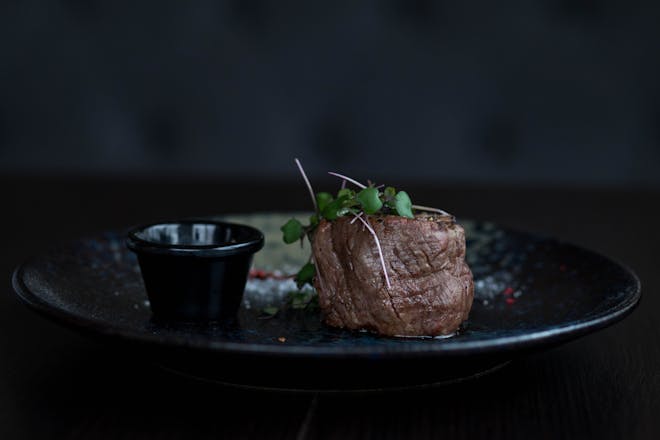Reverse Sear Steak Mastery with Meater
Understanding the reverse sear method can transform your steak-cooking game, especially when using a Meater, the wireless smart meat thermometer. This technique, often used by steak aficionados and top chefs, involves slowly cooking the steak at a low temperature and finishing it off with a high-heat sear. With the precision of a Meater, achieving a perfectly cooked reverse sear steak is within reach for any home cook.
The Basics of Reverse Sear with a Meater
Firstly, let’s talk about what makes the reverse sear method so effective. By gently bringing the steak up to temperature in a low-heat environment, you ensure even cooking and retain more moisture. Then, a quick sear at the end creates that desirable crust. Here’s how to do it:
- Season your steak: Generously season your steak with salt and your choice of spices. Let it sit at room temperature for about 30 minutes.
- Preheat your oven: Set your oven or smoker to a low temperature, typically between 225-275°F (107-135°C).
- Insert the Meater: Place your Meater thermometer into the thickest part of the steak, ensuring it’s properly inserted to get an accurate reading.
- Cook low and slow: Place your steak in the oven or smoker and cook it until it’s about 10-15°F (5-8°C) below your desired final temperature.
- Rest the steak: Remove the steak and let it rest while you preheat a skillet or grill to high heat for the sear.
- Sear to perfection: Sear each side of the steak for 1-2 minutes or until you achieve a satisfying crust.
- Serve and enjoy: Let the steak rest for a few minutes before slicing to allow the juices to redistribute.
Maximizing Flavor with the Meater Probe
The Meater’s advanced technology enables you to monitor your steak’s temperature in real-time, ensuring you never overcook it. By setting your desired temperature on the Meater app, you receive notifications when your steak is ready to sear and again when it’s ready to rest. This hands-off approach lets you focus on other aspects of your meal preparation.
Choosing the Right Cut for Reverse Sear
Thickness is key when selecting a steak for reverse searing. Look for steaks that are at least 1.5 inches thick; thicker cuts such as ribeye, porterhouse, or New York strip are ideal. The reverse sear method is especially beneficial for these cuts, as it renders the fat slowly, creating a juicy, flavorful steak.
Final Touches and Serving Suggestions
After searing, give your steak a final touch of luxury by adding a pat of butter, some fresh herbs, or a splash of a high-quality finishing oil. These condiments will melt into the hot crust, adding another layer of flavor.
As for sides, consider classic pairings like roasted vegetables, a crisp salad, or a decadent potato dish. Remember to slice your steak against the grain for maximum tenderness.
